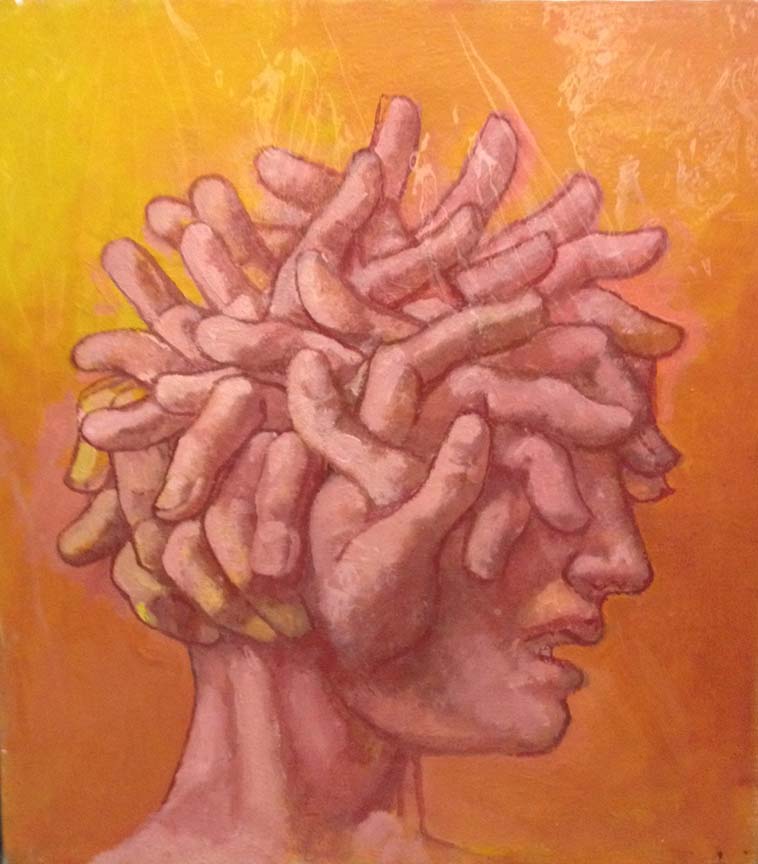
MAYO
(ANTOINE MALLIARAKIS)
EGYPTIAN, SCHOOL OF PARIS ARTIST
1905-1990

"HOMME DE PROFIL"
OIL ON CANVAS, ESTATE STAMPED
25.5 X 21.25 INCHES
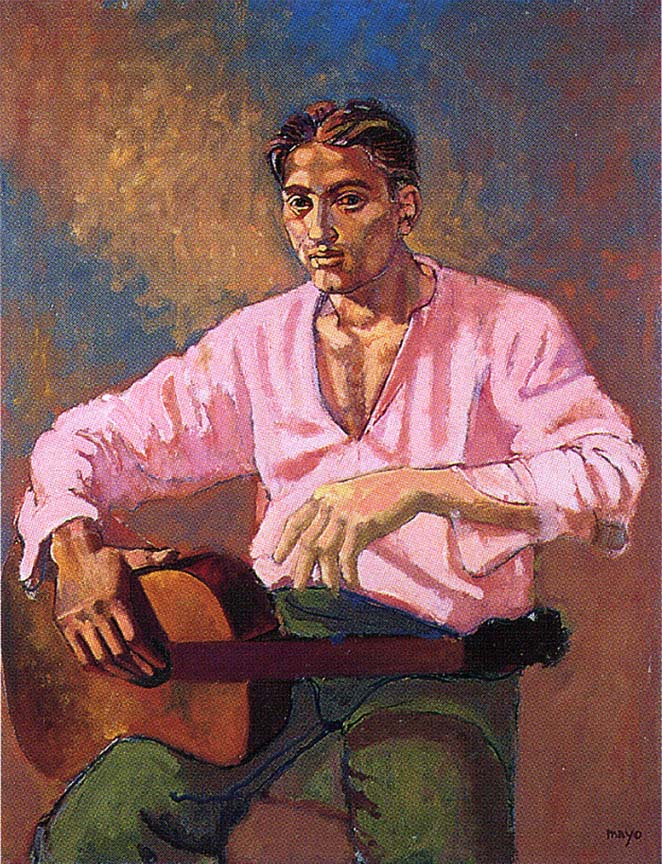
"LE BEAU GILLE"
OIL ON CANVAS, SIGNED, 1943
47.5 X 37.25 INCHES
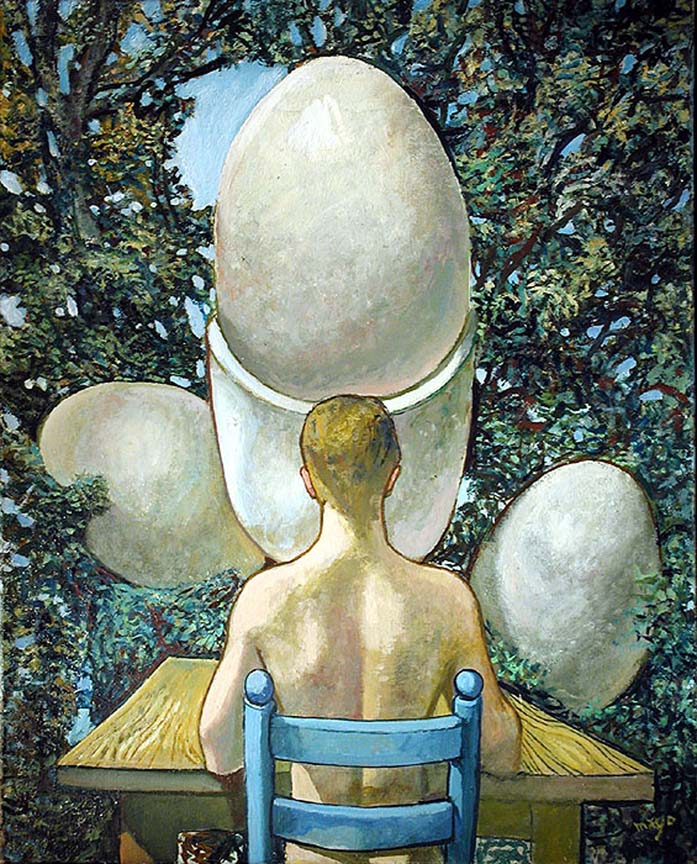
"LA VIE AUGMENTE TOUJOURS"
OIL ON CANVAS, SIGNED, 1970
32 X 28.5 INCHES
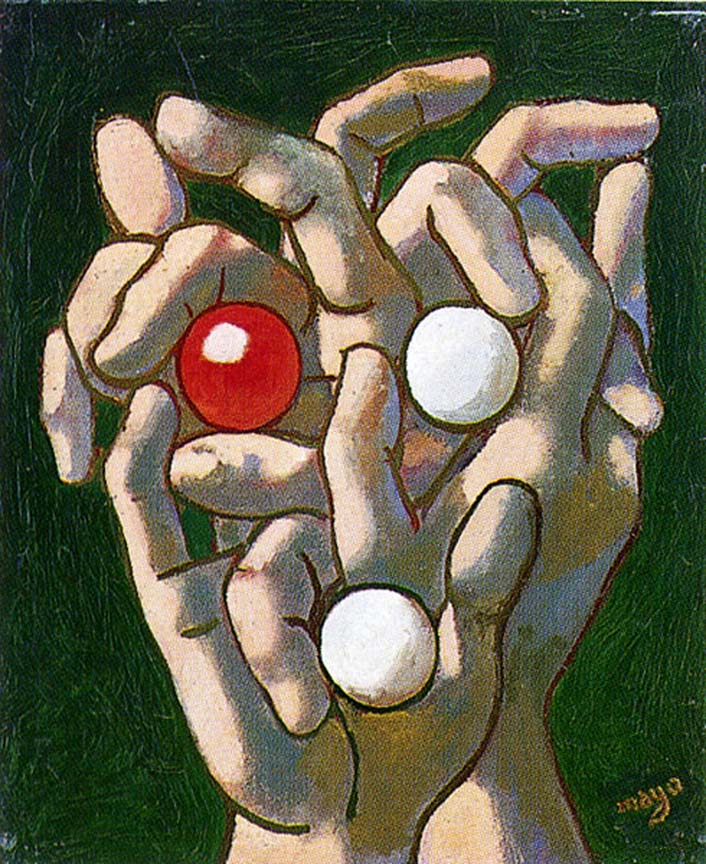
"ILLUSIONISTE"
OIL ON CANVAS, SIGNED, 1965
25.5 X 21.25 INCHES
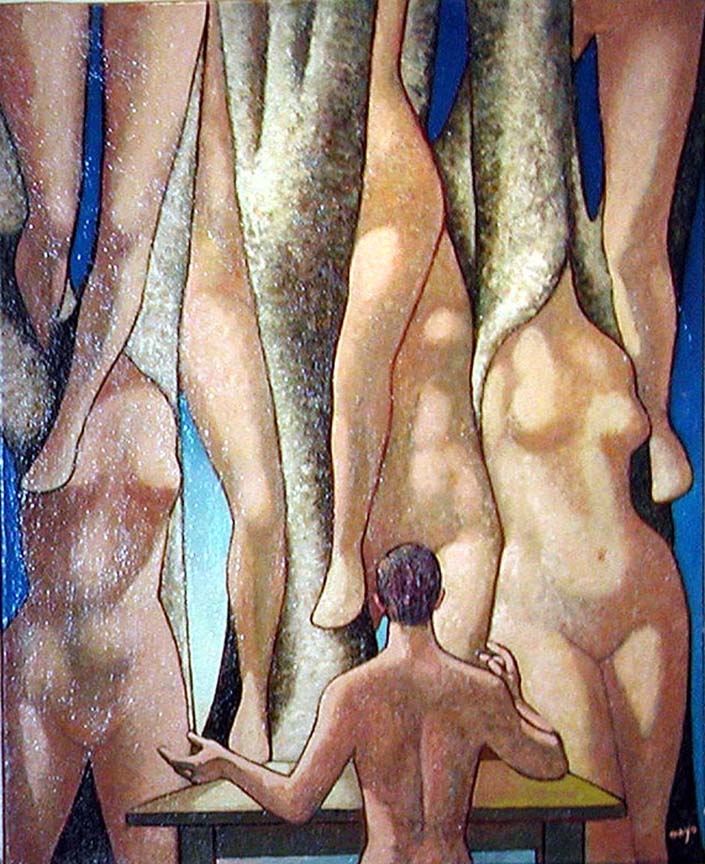
"LA CLAIRIERRE"
OIL ON CANVAS, SIGNED, 1970
39.25 X 31.5 INCHES
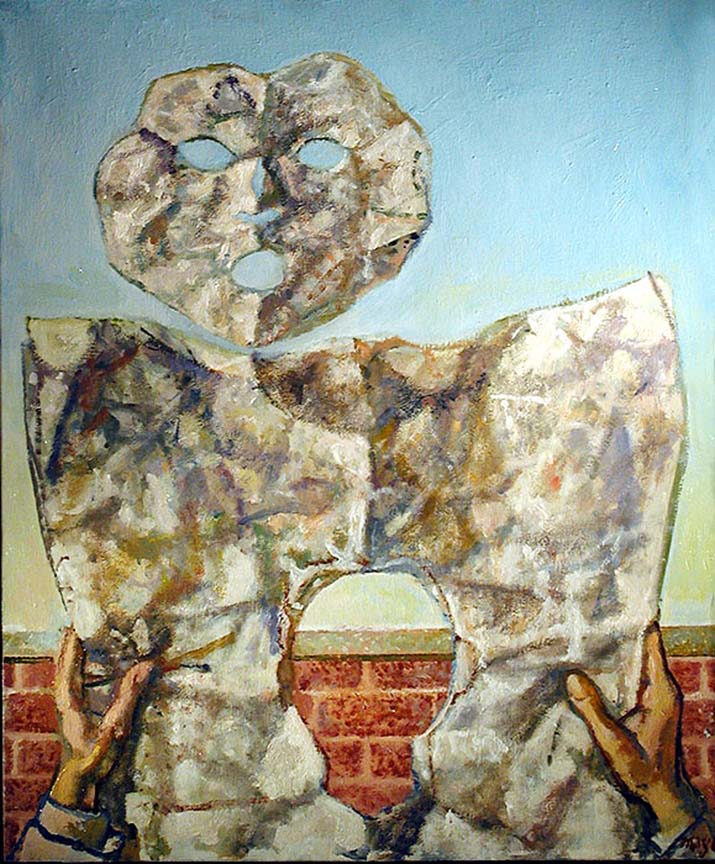
"L'ANNONCE"
OIL ON CANVAS, SIGNED, 1978
25.5 X 21.25 INCHES
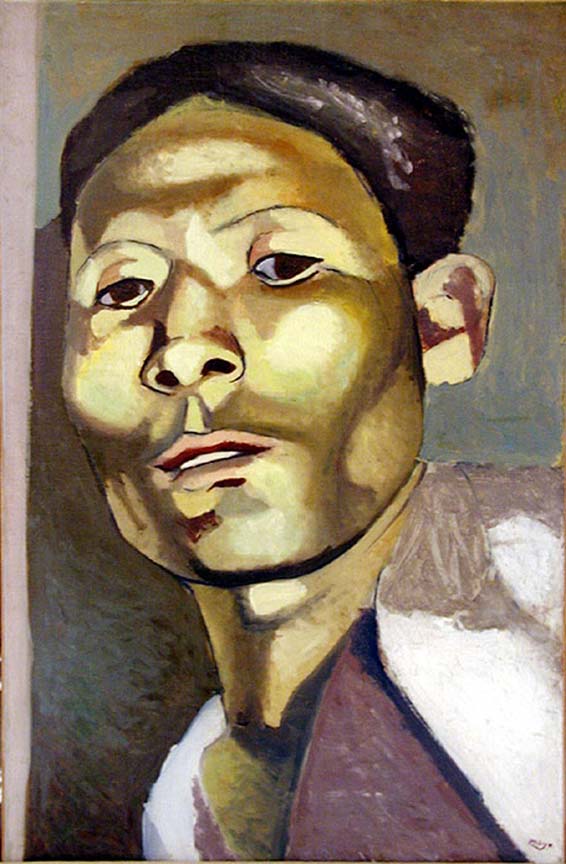
"LE CHINOIS"
OIL ON CANVAS, SIGNED, 1936
37.25 X 25.25 INCHES
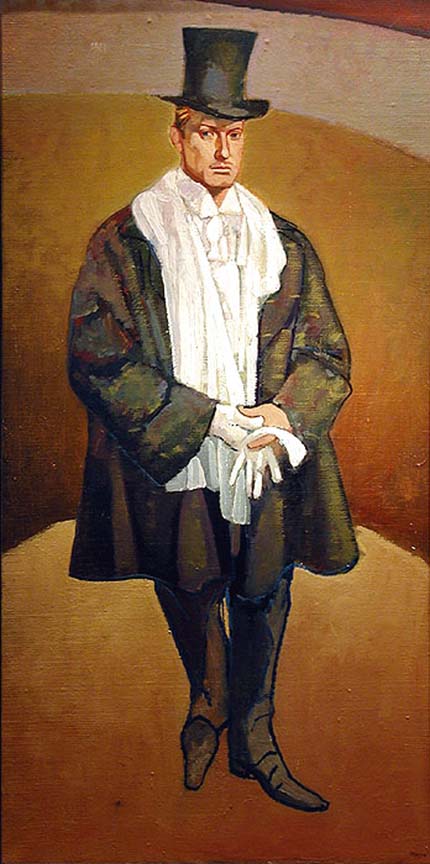
"LE DANDI"
OIL ON CANVAS, SIGNED, C.1940
56.75 X 28.75 INCHES
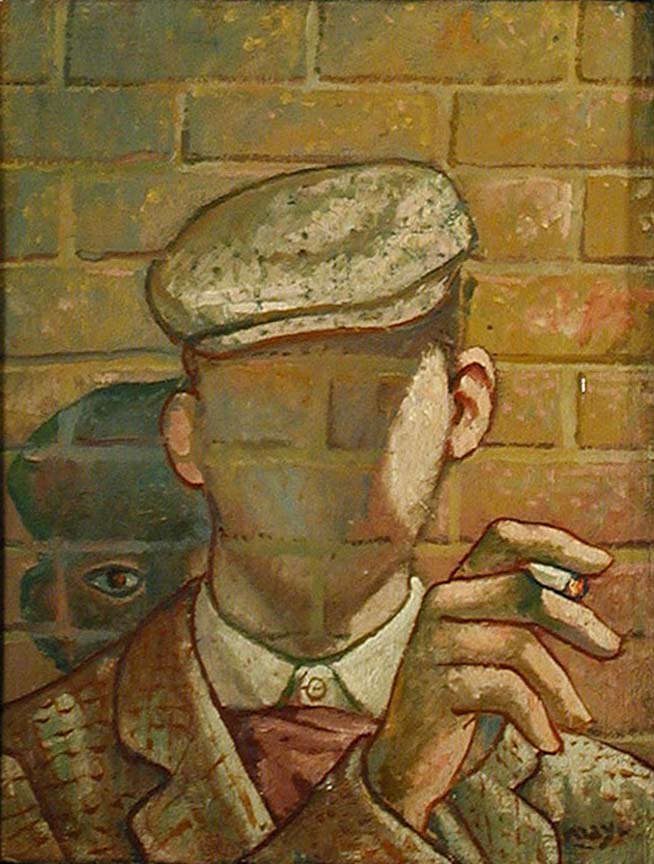
"RUE DE LA GALERIE"
OIL ON CANVAS, SIGNED, 1974
13.25 X 10.50 INCHES
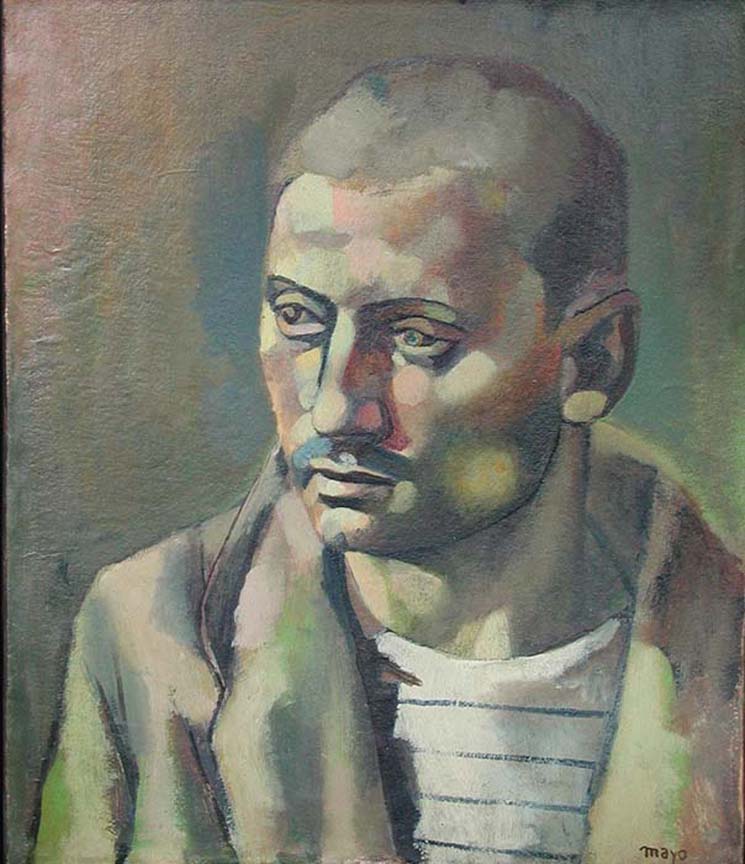
"LE MARIN"
OIL ON CANVAS, SIGNED, 1937
23 X 19.5 INCHES
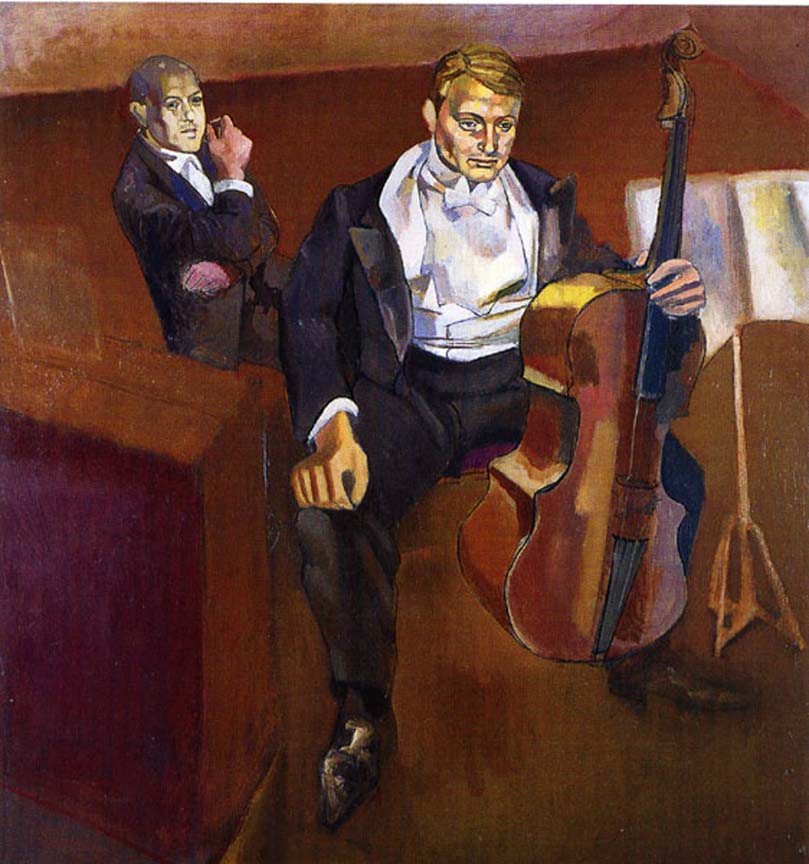
"LES MUSICIENS"
OIL ON CANVAS, ESTATE STAMPED, C.1940
50.25 X 46.25 INCHES
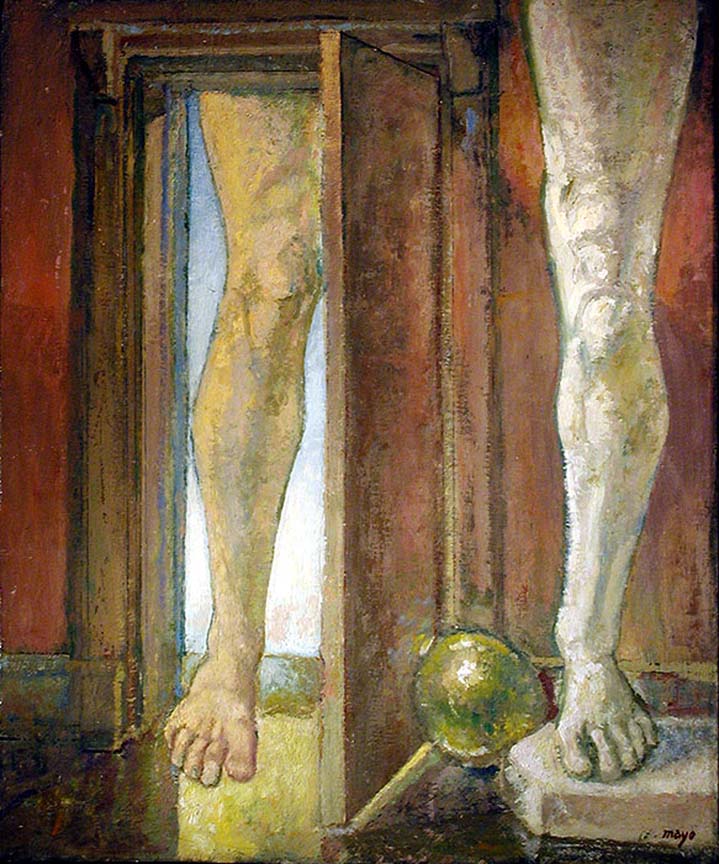
"LE VISILEUR"
OIL ON CANVAS, SIGNED, C.1970
25.5 X 21.25 INCHES
Mayo (Antoine Malliarakis) 1905-1990 Mayo was born in 1905 in Port Said, Egypt. His father was Greek and his mother was French. He spent his early education in a Jesuit school in Alexandria. His father was an engineer working on the Suez Canal. He moved to Paris in 1924 and met Man Ray, Desnos, Tzara, and Salmon in Montparnasse. He frequented Le Jockey Club, a famous gathering spot of artist at that time, there he met Tzara, Picabia, and Foujita and became friends with Kiki of Montparnasse, and in 1924 he was accepted at the Beaux Arts in Paris. In 1927, René Crevel introduced him to André Breton, leader of Surrealism, but Mayo had no interest in participating in a collaborative movement. Two years later in 1929, Mayo exhibited with Chirico at the Galerie des Quatre Chemins. He participated in many group shows and in 1930 rented his own studio. He contributed to the magazine Le Grand Jeu. Like many of the Surrealists the Popular Front and the terrible Spanish Civil War inspired many of his compositions. During this time he also experimented with printmaking at S.W. Hayter’s Atelier 17 in Paris. During the 1934 economic crisis in France, Mayo returned to Egypt where he continued to work. He contributed to the magazine Le Grand Jeu. Like many of the Surrealists the Popular Front and the terrible Spanish Civil War inspired many of his compositions. During this time he also experimented with printmaking at S.W. Hayter’s Atelier 17 in Paris. He eventually moved back to France. Mayo spent the six years of French occupation in Cannes with Prévert; he designed theatre costumes among other work. At the end of the war, Mayo continued to develop his oeuvre painting expressionistic works of realistic images as well as still life’s and images of fishes and bottles. Mayo traveled extensively in Greece and Spain where he discovered luminescent, iridescent colors and the importance of light. In 1966, Mayo moved his soon-to-be demolished Paris studio to Rome at Via Magutta. Following this move, Mayo began a new body of work. He painted historic ruins from antiquity. This period of Mayo’s work is known as “Période Romaine.” In 1983 the Centre Cultural Français de Rome exhibited a retrospective of Mayo’s work, including the recent images of historic ruins. In 1985 Mayo returned to France. He received the Grade de Commandeur de L’Ordre des Arts et des Lettres. Mayo died in 1990 on his houseboat at Seine Port.
|